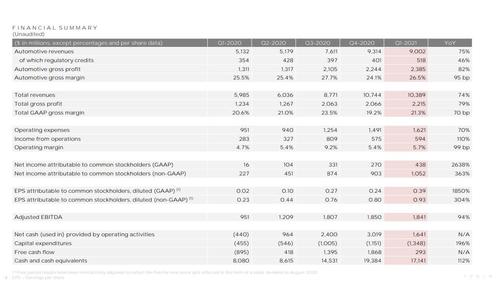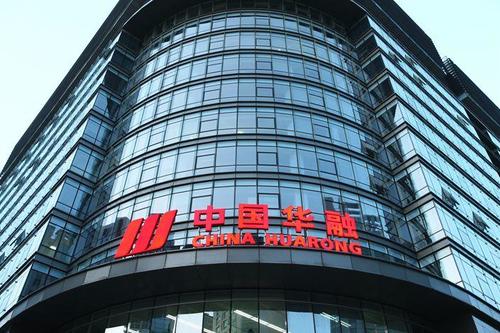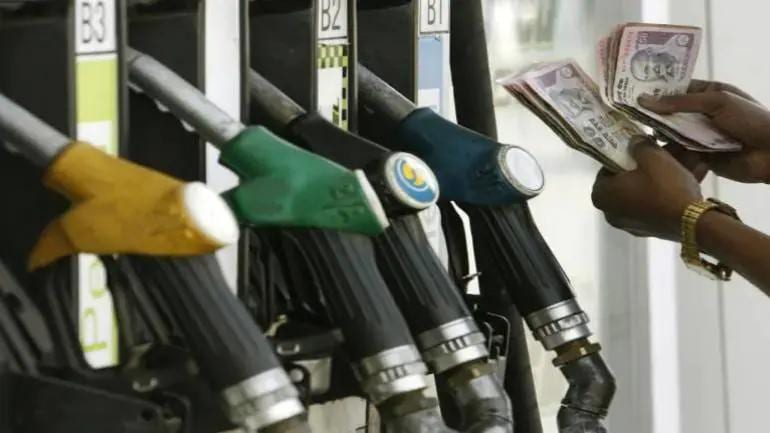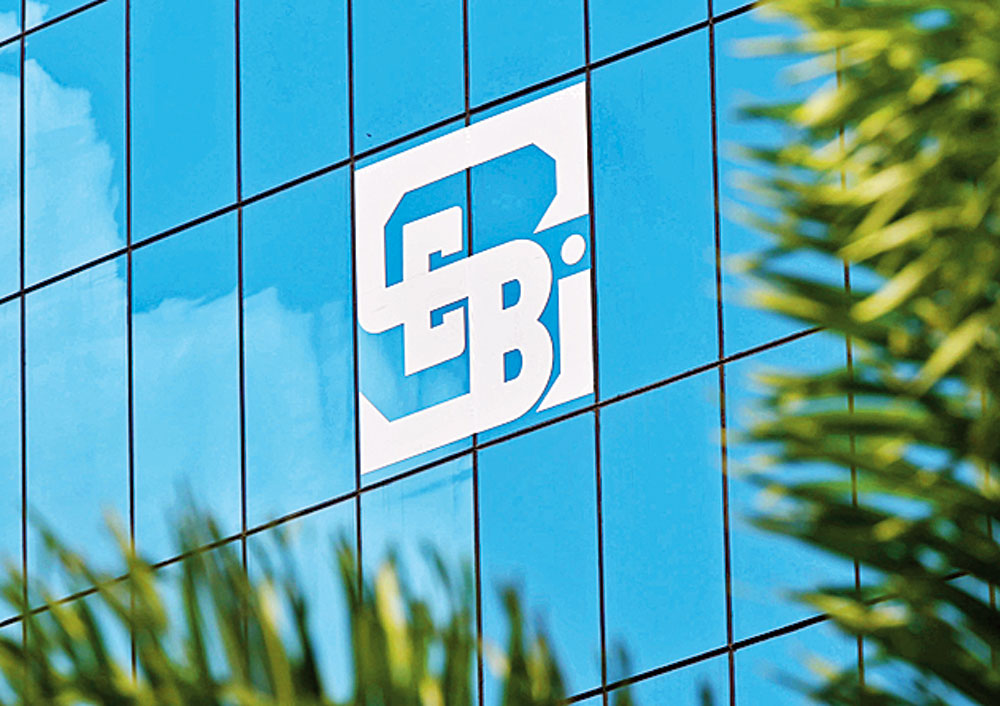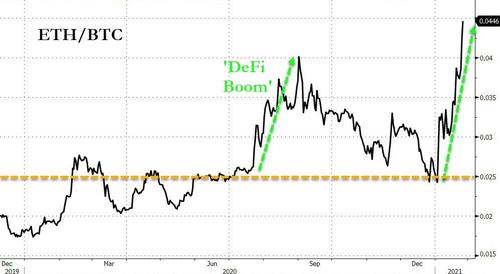
Venture capital fund exits in Indian startups surged in 2021, says a report. Here’s why.Venture capital fund exits in Indian startups grew over ten-fold to surge past $14 billion in 2021 over the previous year, a recent report by Bain & Company in collaboration with Indian Venture and Alternate Capital Association finds. This was across secondary transactions and initial public offerings (IPOs),...




